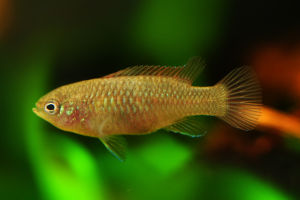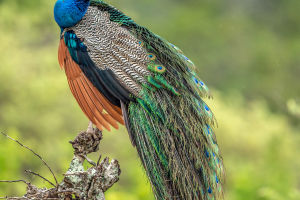Hummingbirds are small birds with distinctive appearances and variations in different locations. Some species of hummingbirds have richly colored plumage, while others vary greatly in size.
Despite their varied appearances, the common feature is their small bodies and very fast vibrating wings, allowing them to hover in the air.
Hummingbirds' bodies are well adapted to flight. Their breathing is rapid, and their tongues and beaks have evolved specially to facilitate easy foraging in the air.
Hummingbirds have very long and flexible tongues that can lick up large amounts of nectar and pollen. Hummingbirds' wings are strong and can vibrate hundreds of times per second, allowing them to hover in the air and fly at high speeds.
In the observations of wildlife biologists, it has been found that hummingbirds are very precise in flight, and different species have their unique dances and wing vibrations that relate to their distinctive body forms adapted to flight.
Hummingbirds also have remarkable memory and learning abilities, as they can record and remember the location of flowers in their flight path and the nectar and pollen-specific to certain locations.
The unique behaviors and adaptations of hummingbirds have made them a subject of study for biologists and wildlife enthusiasts who want to learn more about their biology. To this end, wildlife biologists use biotechnological and ecological methods to study hummingbirds.
During field observations, wildlife biologists found that hummingbird reproduction is interesting because hummingbirds are common creatures with multiple partners, and a male hummingbird will often mate with multiple females.
The researchers also found that the reproductive behavior of hummingbirds is influenced not only by physiological factors of the reproductive organs but also by environmental influences, such as climate, sunlight, and moisture.
In addition, scientists have conducted chemical analysis and genetic studies on the biological characteristics of hummingbirds.
They conducted genetic studies on different species of hummingbirds through DNA analysis methods to understand the evolution and adaptations of hummingbirds. The researchers found that the genomes of different species of hummingbirds differed dramatically, reflecting their environmental adaptations and food preferences.
Wildlife biologists and ecologists have not limited their research to the ecology of individual hummingbirds.
They have also done in-depth and extensive studies of the hummingbird ecosystem. They have found that hummingbirds are essential to the growth and spread of flowers, pollinating and reproducing vegetation and spanning different geographic areas, thus maintaining the stable functioning of the entire ecosystem.
Ecosystem studies of hummingbirds can also help us understand the underlying causes of extremely thriving ecosystems around the globe.
Wildlife biologists have also studied the survival of hummingbirds under different environmental conditions. They have found that hummingbirds have high requirements for habitat security and survival conditions.
Hummingbirds require suitable temperature, humidity, food supply, and other environmental factors and can live and reproduce only if these conditions are maintained. The slightest mistake can cause serious damage and threaten these ecosystems.
In short, hummingbirds are small but extremely active, with a quick mind and a good memory, and have become the object of study for wildlife scientists.
They use ecology, ecogenetics, physiology, and other scientific methods to conduct comprehensive and in-depth studies of hummingbird ecosystems, genomes, behavior, and other aspects to help us better understand these lively and active little creatures.
At the same time, we need to protect the environment in which hummingbirds live, maintain the stability of the entire ecosystem, and preserve the health of the environment.


